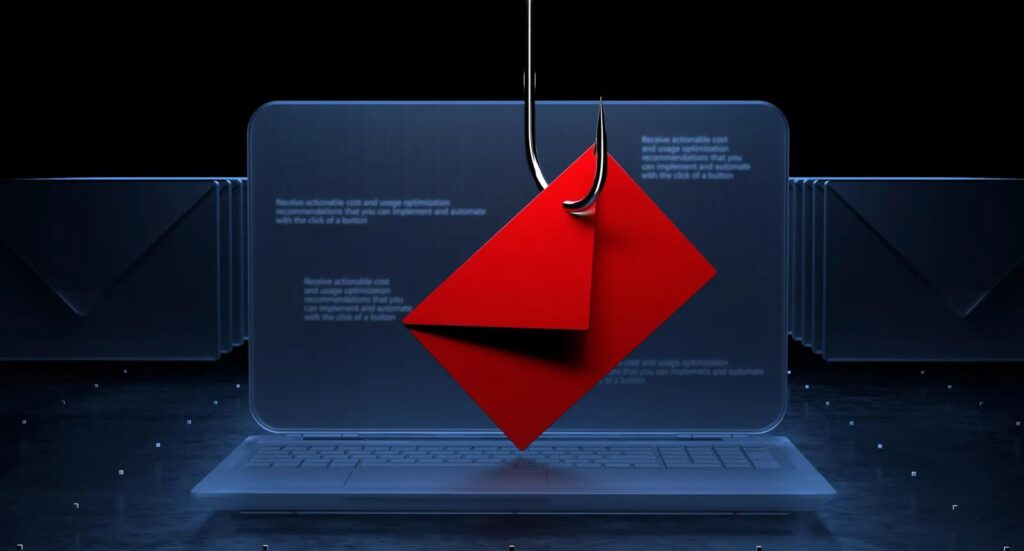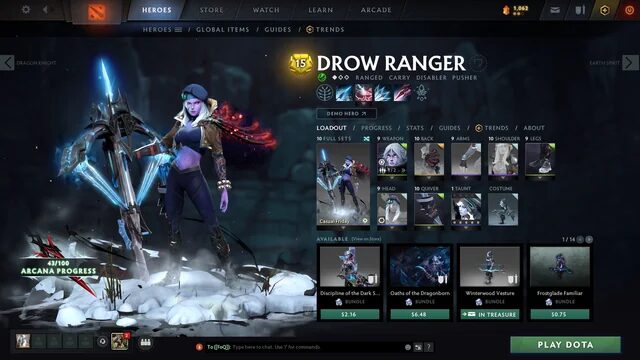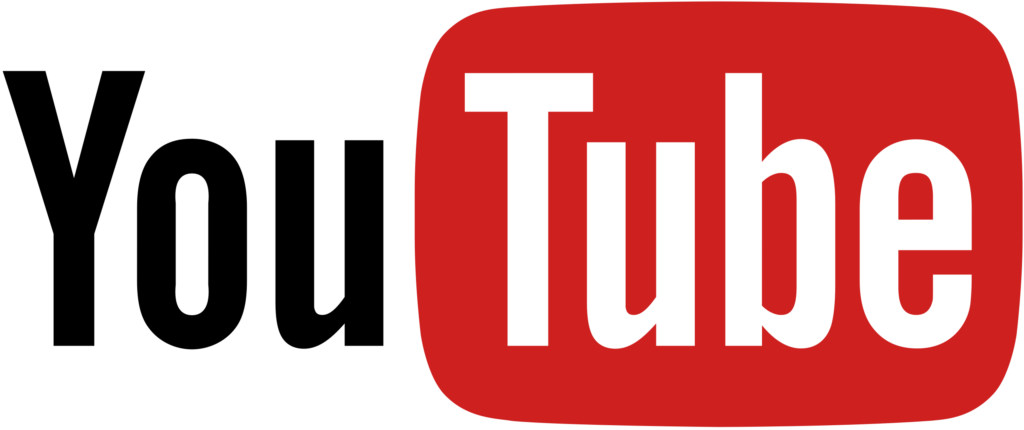
Dota 2 YouTube Hack – On October 15, 2025, fans visiting Dota 2’s official YouTube channel were surprised to see a livestream titled “Dota 2 Launch Official Meme Coin | Hurry Up.”
At first, everything appeared official. The stream included Valve-style graphics, overlays from past tournaments, and announcer-style commentary. However, the video description linked to Pump.fun, a Solana-based launchpad hosting a meme coin called dota2coin.
Within minutes, fans realized the stream was fraudulent. The PGL YouTube channel was hijacked shortly afterward, broadcasting the same fake livestream. Other esports channels, including ESL, BLAST Counter-Strike, and Mobile Legends MPL Indonesia, also displayed similar scams.
The attack exploited the trust fans place in verified channels, showing how quickly a professional-looking scam can spread across the esports ecosystem.
Step-by-Step Breakdown of the Scam

The hack followed a clear sequence, making it easy for attackers to gain trust:
- Preparation: Hackers likely used phishing emails targeting staff, capturing session tokens and bypassing two-factor authentication (2FA).
- Launch: Dota 2’s channel went live at 10:45 PM (GMT+8), followed by PGL within an hour.
- Pump-and-Dump: The Solana token dota2coin spiked in value before the wallet holding 98% of tokens sold off, leaving buyers at a loss.
Timeline of the attack:
| Time (GMT+8) | Event |
|---|---|
| 10:45 PM | Dota 2 YouTube livestream starts |
| 11:30 PM | PGL YouTube compromised |
| 12:00 AM | Community alerts fans on Reddit and X |
| 2:00 AM | YouTube removes livestreams |
| 8:00 AM | Channels restored |
This rapid spread shows how quickly crypto scams can leverage esports channels for credibility.
How the Scam Fooled Fans – Dota 2 YouTube Hack

Hackers designed the stream to appear trustworthy, using familiar visuals and messages:
- Authority: Valve and PGL branding added legitimacy.
- Urgency: Countdown timers and messages like “Buy now before it ends!” created pressure.
- Social Proof: Multiple channels showing identical content reinforced trust.
The livestream even used AI-generated chat messages to simulate excitement, tricking many viewers. This tactic resembles previous scams, such as fake Elon Musk giveaways, which also relied on brand trust and urgency.
The psychological approach made it hard for casual viewers to distinguish between real announcements and fraudulent activity.
How Hackers Gained Access – Dota 2 YouTube Hack

Security experts believe the attack used phishing and session hijacking:
- Hackers sent fake sponsorship emails to staff.
- Session tokens were stolen when links were clicked.
- Access bypassed two-factor authentication.
- Pre-recorded fake livestreams were uploaded to official channels.
Coordination signs indicate this was a professional operation:
- Multiple channels compromised in under an hour.
- Identical titles, thumbnails, and descriptions.
- Synchronized wallet liquidations.
Additionally, users reported a YouTube playback outage the same night, which some analysts speculate may have been related. This combination of technical skill and social engineering made the attack effective.
Fan, Community, and Industry Response – Dota 2 YouTube Hack

The esports community acted quickly to minimize damage:
- Reddit moderators pinned warnings in r/DotA2.
- Influencers like Brad Lynch shared alerts on X.
- Fans reported the streams to YouTube, prompting removal within hours.
Despite fast action, both Valve and PGL remained silent, frustrating viewers. Analysts commented that silence from major brands can reduce trust and slow recovery.
Key industry takeaways:
- Cybersecurity analysts noted a rise in crypto-related YouTube hijacks since 2020.
- Solana educators highlighted that Pump.fun is legitimate but often abused.
- Gaming security advocates recommend hardware-based authentication and routine audits for verified channels.
A viral fan saying captured the sentiment well: “Verify before you vibe.” It serves as a reminder that even official channels can be hijacked.
Lessons Learned and Future Measures

The Dota 2 YouTube hack highlights vulnerabilities in esports and online platforms:
- Verified status alone is insufficient to guarantee security.
- Staff training and limited admin access are critical.
- Fans should avoid unverified links, even from official channels.
Platforms like YouTube need real-time breach detection to catch unusual activity immediately. Gaming organizations must implement hardware security keys, frequent audits, and clear incident response plans.
Fans also have a role:
- Check links from official websites only.
- Report suspicious livestreams promptly.
- Be cautious of urgent messages promising rewards.
As esports increasingly overlaps with crypto, scams like this are likely to reappear. Protecting channels, staff, and audiences is essential for maintaining trust in digital esports events.
Closing Thought:
The Dota 2 YouTube hack shows that digital trust is just as important as competition in esports. As games and crypto converge, safeguarding accounts and educating audiences will be the next frontline of esports security.



